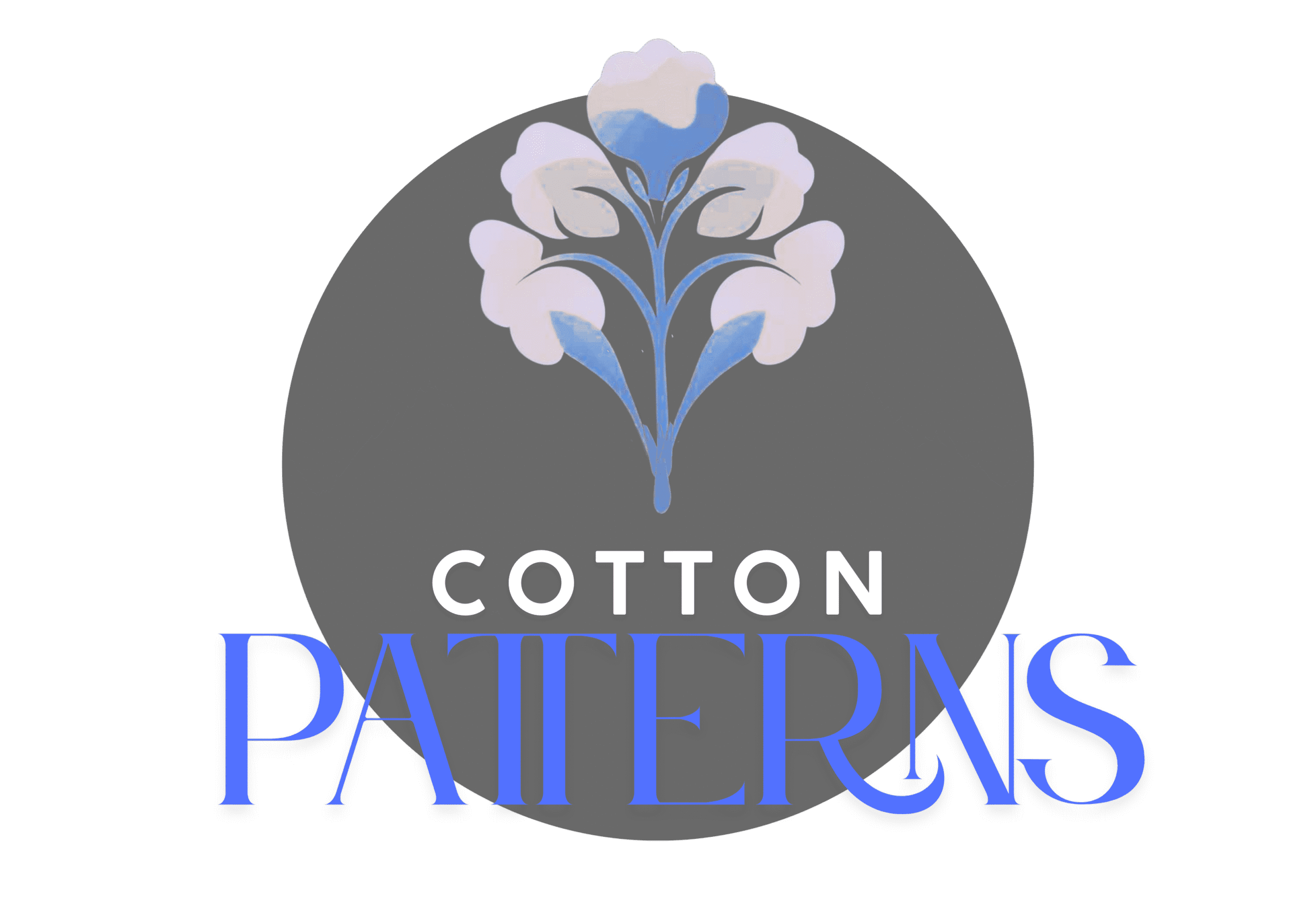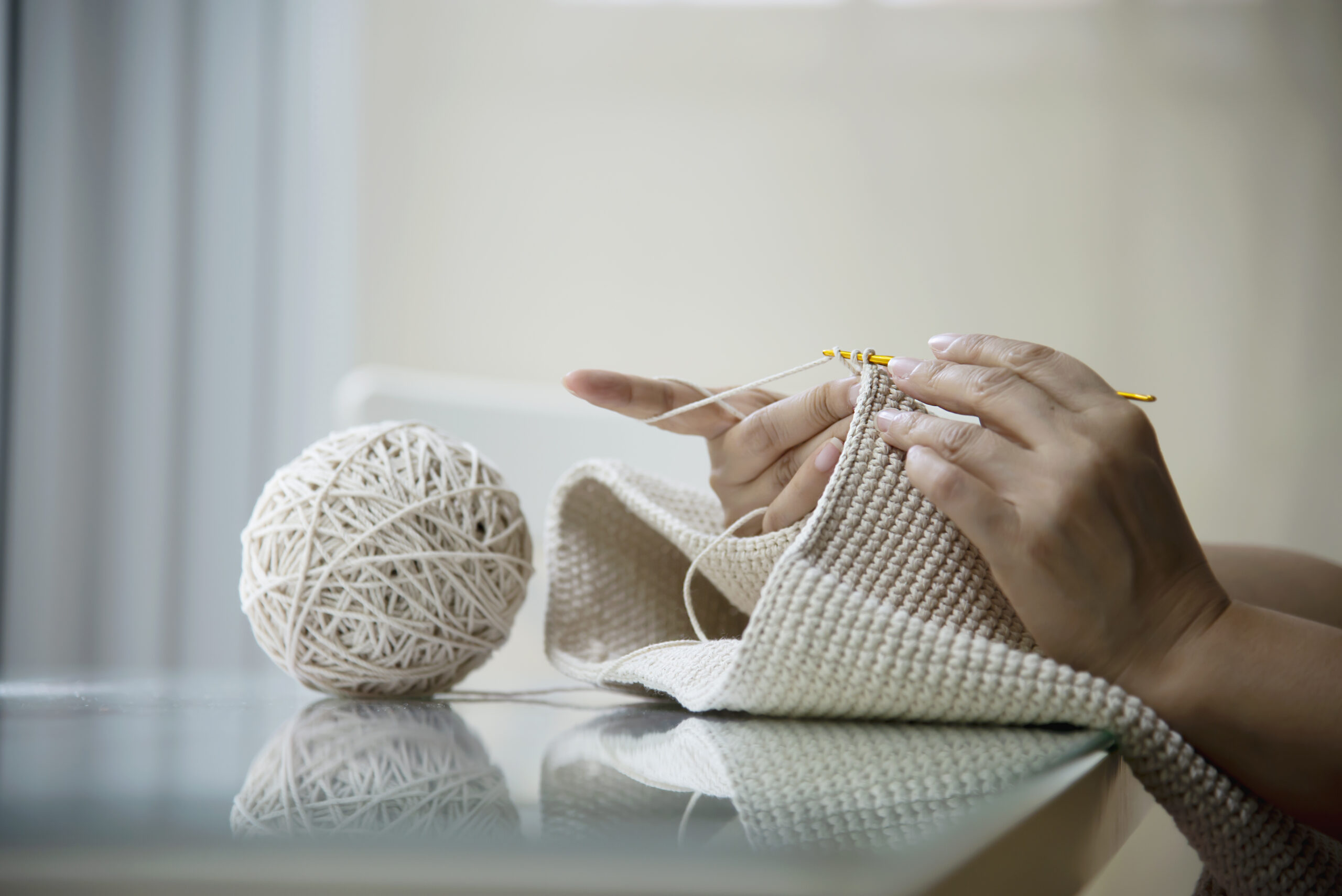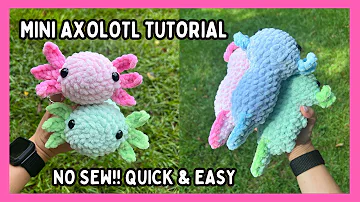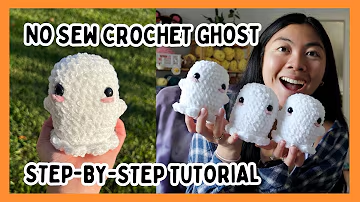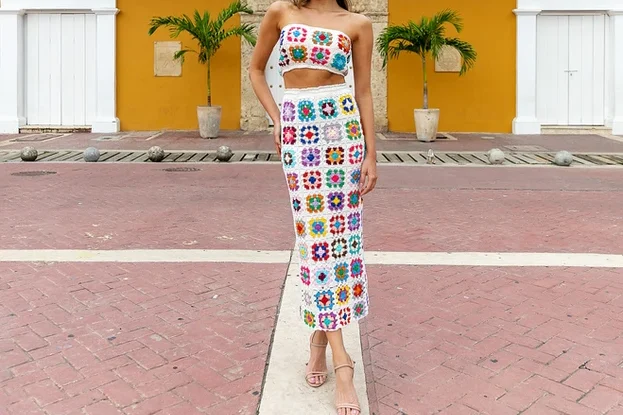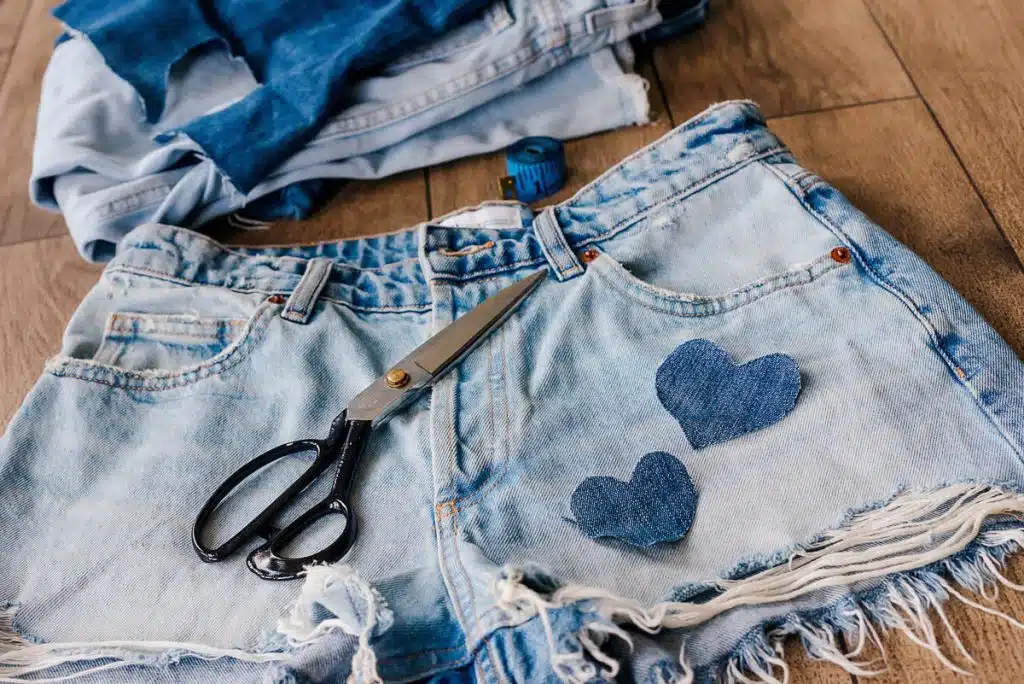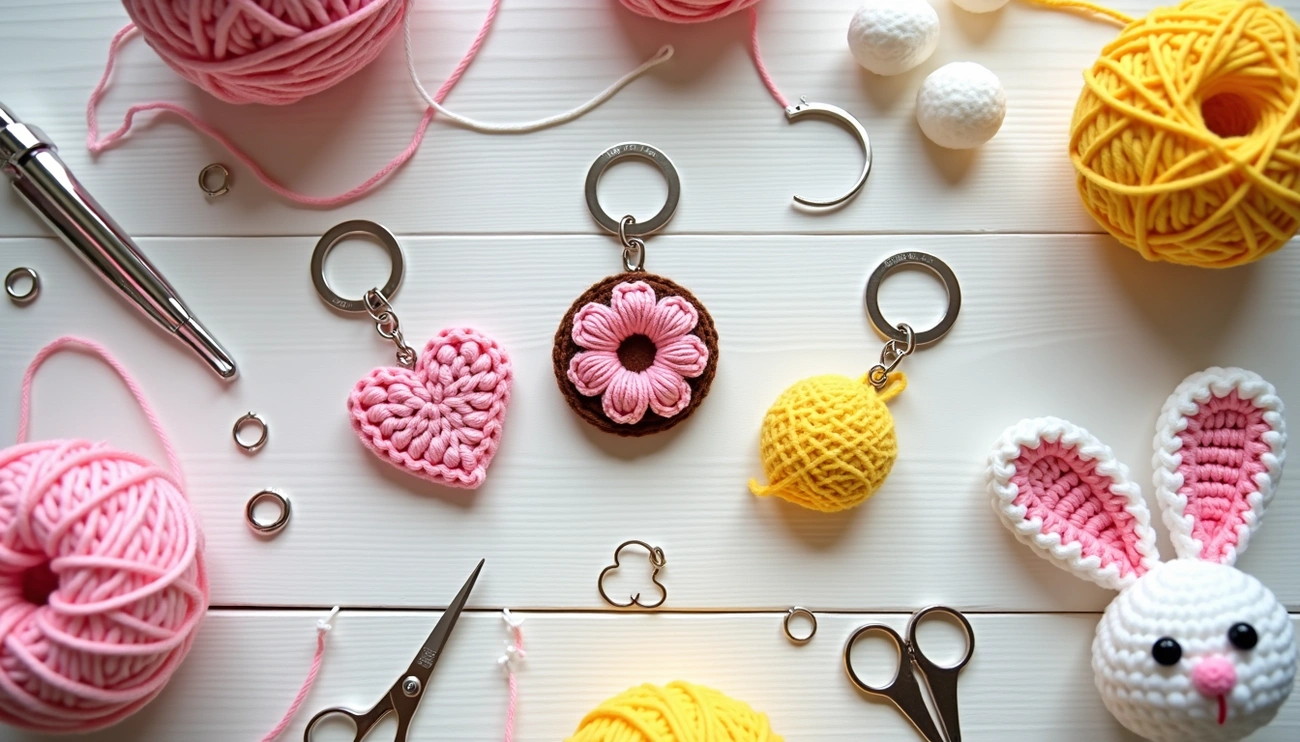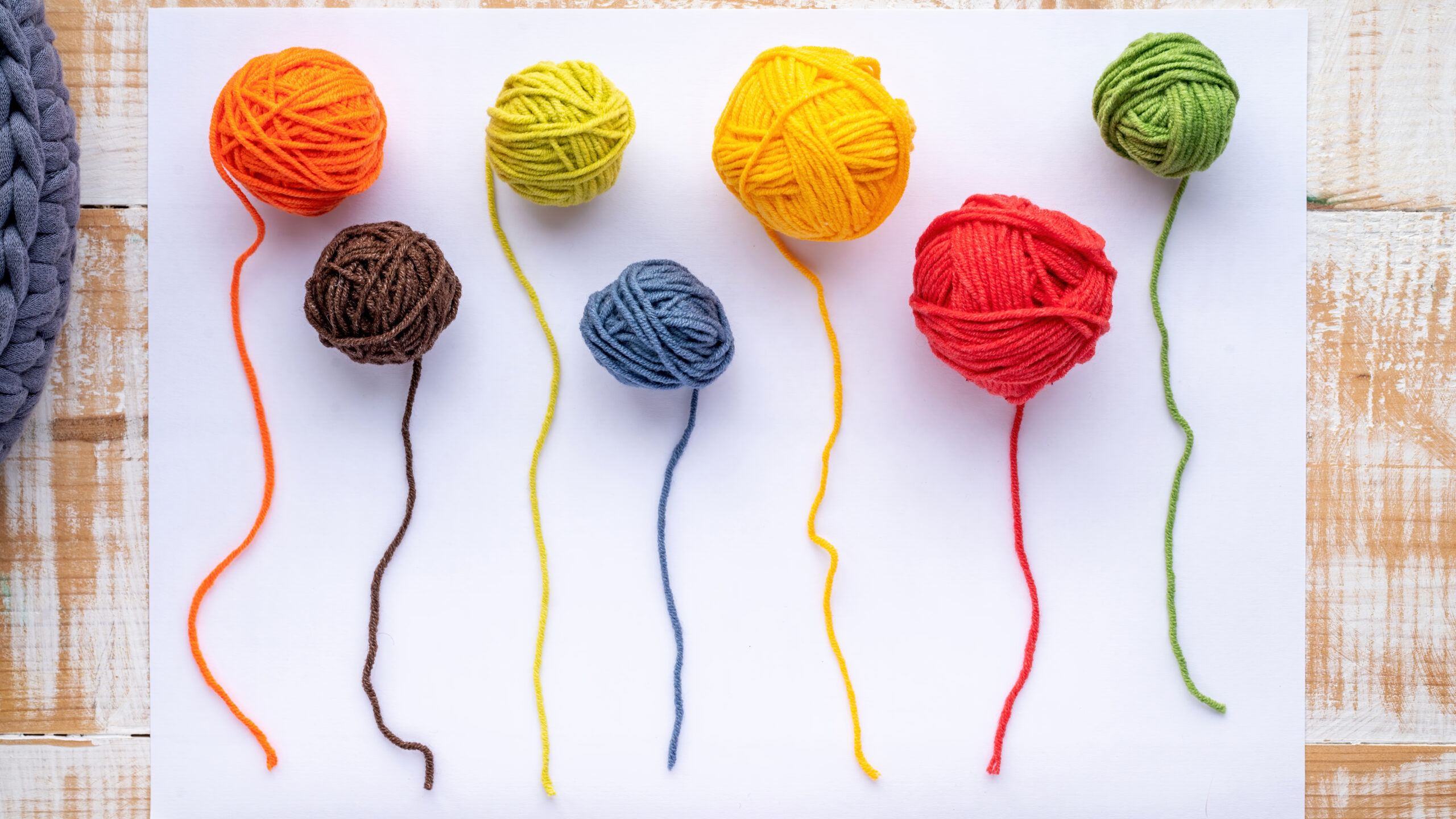Stop Guessing! Master How to Read a Crochet Pattern Like a Pro
Unlock a World of Creativity: How to Read a Crochet Pattern
Does this sound familiar? You find a gorgeous crochet project online, excitedly purchase the “easy” pattern, and open the file only to find what looks like a secret code from another planet. It’s a jumble of random abbreviations, strange punctuation, and confusing numbers. You’re left wondering, “How is this supposed to help me make that?” If you’ve ever felt that wave of frustration, you are not alone. Many crocheters skip learning how to read a crochet pattern at the beginning because, let’s be honest, you can get by with video tutorials, and written instructions look terrifying.
But here’s a little secret: by relying only on videos, you are missing out on thousands of breathtaking designs. Learning how to read a crochet pattern is like gaining a superpower. It unlocks a universe of creativity, allowing you to tackle any project from vintage lace doilies to modern, intricate sweaters. This comprehensive guide is the workshop you’ve been waiting for. We’ll break down everything from the basic anatomy of a pattern and those mysterious abbreviations to understanding stitch repeats. Consider this your origin story—your first step to becoming a pattern-reading pro.
Cracking the Code: The Anatomy of a Written Crochet Pattern
Before you even pick up your hook, a good habit is to read through the entire pattern from top to bottom. Designers put every word and number in for a reason, and understanding the layout will prevent headaches later on. Think of it like reading a recipe before you start cooking. Most patterns follow a similar structure, providing all the crucial information you need upfront.
Before the First Stitch: Essential Front-Matter
The first section of any pattern is dedicated to the foundational information about the project. Don’t skip this part! It contains the keys to your success.
Title, Designer, and Copyright
At the very top, you’ll find the pattern’s title and the designer’s name or brand. You’ll also see copyright information. A crochet pattern is a protected piece of intellectual property from the moment it’s published, honoring the designer’s creative expression in the sequencing and writing of the instructions.
Yarn, Tools, and Notions
This is your materials list. A detailed pattern will specify the exact yarn brand, weight (e.g., worsted, DK), fiber content, and the amount needed. This is incredibly helpful, especially if you plan to substitute the yarn. The pattern will also list the recommended crochet hook size. Hooks are often measured in US letters (e.g., H), US numbers (e.g., 8), and metric millimeters (e.g., 5.0mm). Millimeters are the most universal measurement. “Notions” are all the other essential accessories, which typically include scissors, a tapestry needle, a tape measure, and locking stitch markers.
The Blueprint of Your Project
Once you have your materials, the next section provides the technical specifications required to ensure your project turns out the right size and shape.
Finished Measurements & Schematics
This part tells you the final dimensions of the project. For a blanket, this might be a simple length and width. For garments, you’ll see a breakdown of measurements for each size (e.g., bust, length, sleeve circumference). Some of the best patterns include a schematic—a simple line drawing of the project with detailed measurements for all its parts. This is an invaluable tool for ensuring a perfect fit.
The All-Important Gauge Swatch
Gauge is a topic that trips up many crocheters, but it’s one of the most critical steps for projects that need to fit, like hats and sweaters. Gauge is the measurement of how many stitches and rows fit into a certain area, usually a 4×4 inch (10×10 cm) square. By making a small test swatch before you begin, you can ensure your tension matches the designer’s. This is the best way to guarantee your finished object will match the pattern’s measurements and that you won’t run out of yarn.
- Too many stitches in your swatch? Your tension is too tight. Go up a hook size.
- Too few stitches in your swatch? Your tension is too loose. Go down on your hook size.
The Language of the Pattern
This is where the designer provides the “key” to their specific instructions. Reading this section carefully is a vital step in learning how to read a crochet pattern effectively.
Abbreviations & Special Stitches
Nearly every pattern will include a list of the abbreviations used. While many are standard, some designers use unique ones, so always check this list. If a pattern uses a stitch that isn’t basic (like a bobble, puff, or spike stitch), you’ll find a “Special Stitches” section with a step-by-step explanation of how to create it.
Pattern Notes: The Designer’s Insider Tips
The notes section is where designers put all the other important details they want you to know. Does the turning chain count as a stitch? Should you carry your yarn or cut it at color changes? Are there links to helpful video tutorials? The answers to these questions are almost always in the notes. For the love of yarn, don’t skip the notes!
Decoding the Lingo: Crochet Abbreviations and Punctuation
Okay, let’s tackle the biggest hurdle for most people learning how to read a crochet pattern: the abbreviations and punctuation. Without context, a line of instructions can look like bad algebra. But it’s just a simple shorthand to make patterns concise. Let’s break it down.
Common Crochet Stitch Abbreviations (US Terms)
Most patterns work off a standard list of abbreviations. The Craft Yarn Council provides a comprehensive list you can reference. Here are the absolute basics you’ll see everywhere:
- ch: chain
- sl st: slip stitch
- sc: single crochet
- hdc: half double crochet
- dc: double crochet
- tr: treble crochet
Action and Placement Abbreviations
Beyond the stitches themselves, patterns use abbreviations for actions and placements:
- inc: increase (usually means placing two stitches in the same stitch)
- dec: decrease (working two stitches together)
- blo / flo: back loop only / front loop only
- fp / bp: front post / back post
- yo: yarn over
- st(s): stitch(es)
- ch-sp: chain space (the space created underneath a chain stitch)
- RS / WS: right side / wrong side
Making Sense of Punctuation: Commas, Asterisks, and Parentheses
Punctuation in a crochet pattern tells you how to group and repeat sequences of stitches. This is one of the most important concepts in understanding how to read a crochet pattern.
- Commas (,) separate individual steps within a longer sequence. Pause at the comma and complete the instruction before it, then move on.
- Asterisks (*) are used to mark a sequence of stitches that will be repeated. The pattern will say something like, “*sc in next st, ch 1, skip 1 st; repeat from * across.” This means you repeat the sequence between the asterisk and the semicolon until you reach the end of the row.
- Parentheses ( ) and Brackets [ ] serve a similar function to asterisks, containing a group of stitches. Often, they contain stitches that are all worked into the same stitch, like “(3 dc, ch 2, 3 dc) in next ch-sp.” They can also indicate a sequence to be repeated a specific number of times, like “(sc in next 2 sts, 2 sc in next st) 6 times.” Brackets are often used to enclose a larger repeating section that already contains parentheses.
A Crucial Note on US vs. UK Terminology
One of the most confusing facts for a beginner is that there are two major sets of crochet terms: US and UK. They use the same words for different stitches! For example, a US “single crochet” (sc) is a UK “double crochet” (dc). Most patterns will state which terms they are using, but it’s a critical piece of information to look for. This guide uses US terms, which are most common in the United States.
From Page to Project: A Step-by-Step Walkthrough
Now that you have the fundamentals, it’s time to put it all into practice. The best way to learn how to read a crochet pattern is by actually doing it. We will walk through the first few rounds of a classic granny square together. Grab a hook and some scrap yarn and let’s begin!
Let’s Practice: Reading a Simple Granny Square Pattern
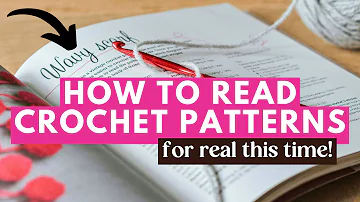
Round 1: In MR, ch 5 (counts as first dc + ch 2), (3 dc, ch 2) in ring 3 times, 2 dc in ring, sl st to 3rd ch of starting ch to join. Close ring.
Let’s Translate: Start with a Magic Ring (MR). Chain 5. The notes tell us this counts as one double crochet and a chain-2 space. Now, we work the repeating sequence inside the parentheses three times: work 3 double crochets into the ring, then chain 2. After the third repeat, work 2 more double crochets into the ring. Finally, join the round with a slip stitch into the third chain of that initial chain-5 you made. Pull the tail to close the ring.
Round 2: Sl st into next ch-2 sp, ch 5 (counts as dc + ch 2), 3 dc in same sp, ch 1, [ (3 dc, ch 2, 3 dc) in next ch-2 sp, ch 1] 3 times, 2 dc in same sp as starting ch, sl st to 3rd ch of starting ch to join.
Let’s Translate: First, slip stitch into the next corner space (the ch-2 space). Chain 5 and work 3 double crochets right into that same space. Then, chain 1. Now for the big repeat in the brackets, which you’ll do three times: In the next corner space, work a “corner” which consists of 3 double crochets, a chain 2, and 3 more double crochets. Follow that with a chain 1. After repeating this on all three remaining corners, you’ll finish the starting corner by working 2 double crochets into the same space where you began. Join with a slip stitch to the third chain of your starting chain-5.
For a complete visual guide of this process, this video provides an excellent walkthrough:
Beyond the Basics: Pro Tips for Perfect Pattern Reading
Once you’ve mastered the fundamentals of how to read a crochet pattern, a few extra tricks can make the process even smoother. These tips will help you stay organized and troubleshoot problems with confidence.
Visualizing Your Work: The Importance of Reading Your Stitches
Just as important as reading the pattern is learning to read the fabric you’re creating. Can you identify a single crochet versus a double crochet just by looking at it? Can you count your rows and stitches accurately? Understanding the anatomy of your stitches—the front loop, back loop, and post—will help you find and fix mistakes easily and figure out where you left off if you set a project down. Practice by making swatches and counting the stitches and rows.
Tools and Tricks to Keep You on Track
Don’t be afraid to mark up your patterns! This is a key strategy for successfully learning how to read a crochet pattern.
- Use a highlighter to mark the instructions for your specific size.
- Use a pen or a row counter app to check off rows as you complete them.
- For digital patterns, apps like Notability allow you to highlight and make notes directly on the PDF.
- Use stitch markers liberally! Place them in the first and last stitch of a row so you don’t miss them, or to mark the beginning of a round.
When to Reach Out for Help
If you get truly stuck, don’t despair! The crochet community is incredibly helpful. Check to see if the designer has a Ravelry group, Facebook page, or email for pattern support. Your local yarn store is also a fantastic resource; many offer classes or crochet help nights where you can get in-person guidance.
Quick Takeaways: Your Pattern Reading Cheat Sheet
- Read Everything First: Read the entire pattern, especially the notes, before you begin.
- Check Your Gauge: For items that need to fit, always make a gauge swatch.
- Know Your Terms: Double-check if the pattern uses US or UK crochet terminology.
- Mind the Punctuation: Asterisks, parentheses, and brackets indicate repeats. Work one step at a time, pausing at commas.
- Use Your Tools: Highlighters and stitch markers are your best friends for keeping your place.
- Count Your Stitches: Count your stitches at the end of each row or round to catch mistakes early.
- Practice Makes Progress: The more patterns you read, the easier it will become. Start with simple projects to build confidence.
Conclusion: Your Crochet Journey Awaits
Learning how to read a crochet pattern might seem like climbing a mountain at first, but it is a skill that anyone can master with patience and practice. By breaking down the components—understanding the pattern’s anatomy, decoding the abbreviations, and mastering the punctuation—you’ve already taken the biggest step. Remember that every expert was once a beginner. The frustration you might feel initially will soon be replaced by the immense satisfaction of creating something beautiful from a set of written instructions.
This guide has equipped you with the foundational knowledge to move beyond video-only projects and unlock a limitless world of crochet design. Don’t be afraid to make mistakes; frogging (ripping out your work) is a natural part of the process. Each stitch you make, and even each stitch you rip out, is part of your learning journey. So pick a simple pattern, grab your favorite hook, and get started. The ability to translate that “secret code” into a tangible, beautiful creation is a truly magical skill. You are now well on your way to becoming a confident, pattern-reading pro, ready to tackle any project that sparks your imagination.
Frequently Asked Questions (FAQs)
- 1. What’s the difference between parentheses ( ) and asterisks (*)?
- Both are used to indicate repeats, and sometimes designers use them interchangeably. Often, parentheses enclose a group of stitches worked in the same spot, like a shell stitch. Asterisks typically mark a longer sequence to be repeated across a row. If a pattern has both, brackets [ ] might enclose an even larger sequence that contains parentheses. The key is to read the instructions that follow, as they will tell you how many times or how far to repeat the sequence.
- 2. My stitch count is wrong at the end of the row. What should I do?
- First, recount carefully. If it’s still off, carefully look at the row you just completed, comparing it to the pattern instructions. The most common errors are missing the first or last stitch of a row or misinterpreting a repeat. Using stitch markers in the first and last stitches can help prevent this.
- 3. How do I know if a pattern uses US or UK terms?
- A well-written pattern will state which terms are used in the notes or abbreviations section. If it doesn’t, you can often tell by the stitches. If you see “single crochet (sc),” it’s a US pattern. If you see “double crochet (dc)” used for very short stitches at the beginning of a project, it’s likely a UK pattern (as UK dc is the same as a US sc).
- 4. Can I substitute the yarn suggested in a pattern?
- Absolutely! The most important thing is to match the yarn weight (e.g., worsted, fingering). To ensure the size will be correct, you must make a gauge swatch with your chosen yarn and adjust your hook size until you match the pattern’s gauge. Also, be mindful of fiber content, as a cotton yarn will behave differently than a wool or acrylic one.
- 5. What is the best type of pattern for a beginner to practice reading?
- Start with something small and straightforward, like a dishcloth, a simple scarf, or a granny square. These projects often use basic stitches and simple repeats, allowing you to get comfortable with the format and rhythm of reading a pattern without the complexity of shaping or sizing.
We’d love to hear from you! What was the biggest “aha!” moment for you when learning how to read a crochet pattern? Share your tips and experiences in the comments below to help fellow crocheters on their journey. If you found this guide helpful, please share it with your crafty friends!
References
- Craft Yarn Council. (n.d.). Crochet Abbreviations. Retrieved from https://www.craftyarncouncil.com/standards/crochet-abbreviations
- Leinhauser, J. (n.d.). How to Read a Crochet Pattern. Craft Yarn Council. Retrieved from https://www.craftyarncouncil.com/health-class/how-read-crochet-pattern
- Maker, S. (2022, May 9). How to Read Crochet Patterns for Beginners. Sarah Maker. Retrieved from https://sarahmaker.com/how-to-read-crochet-patterns/
